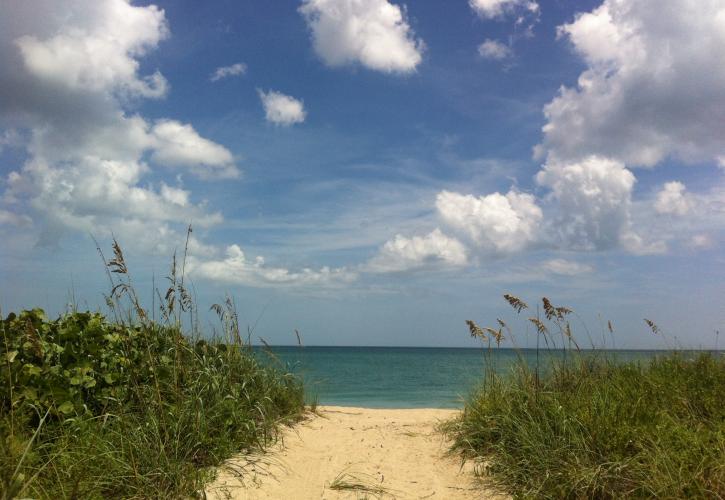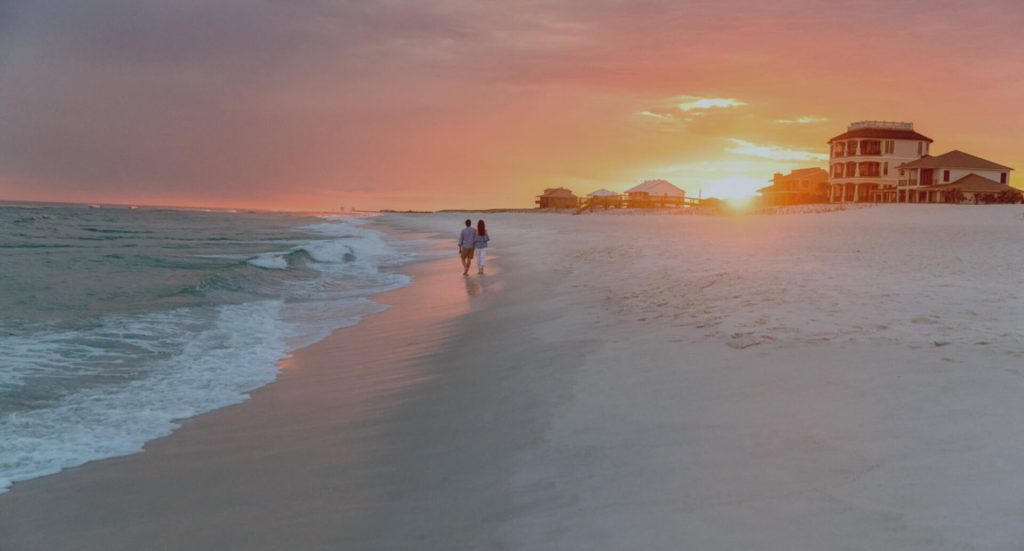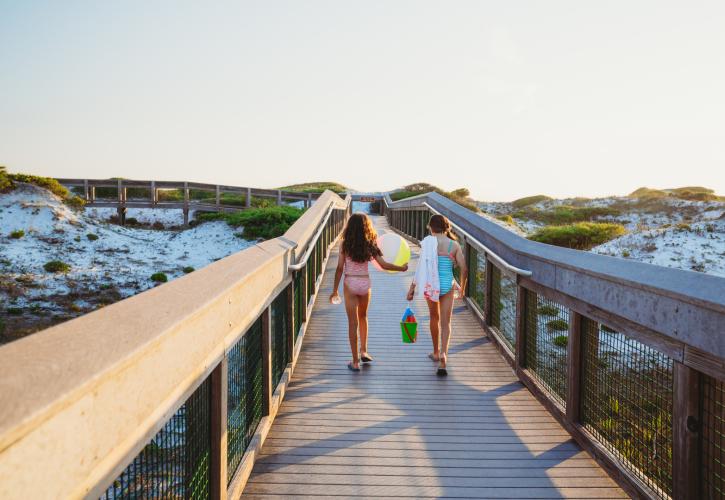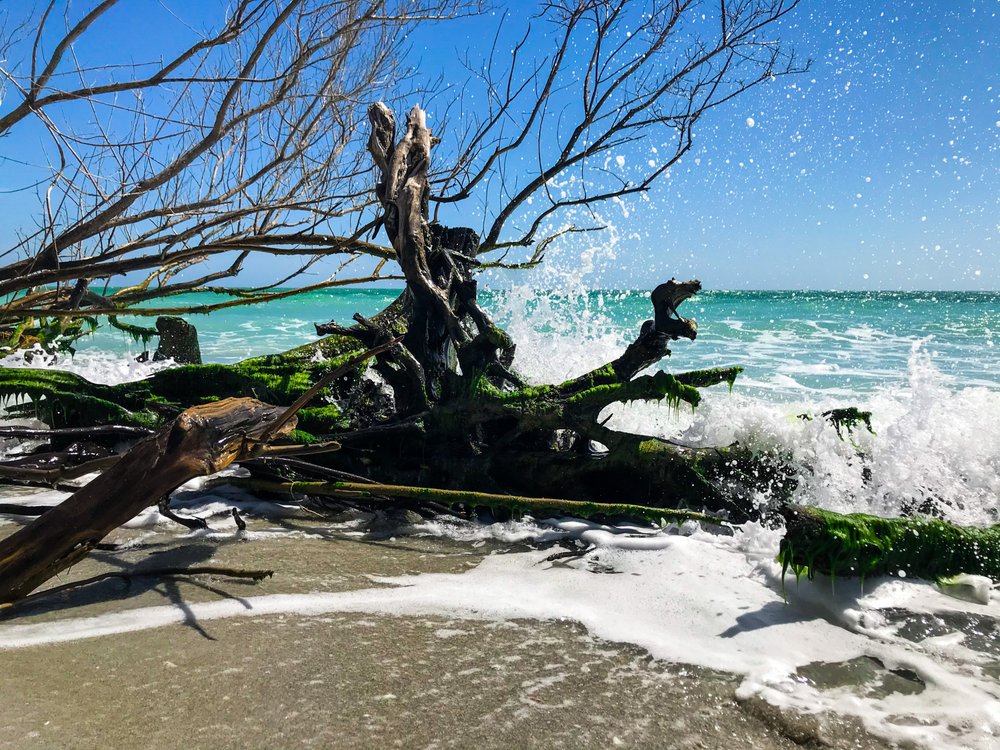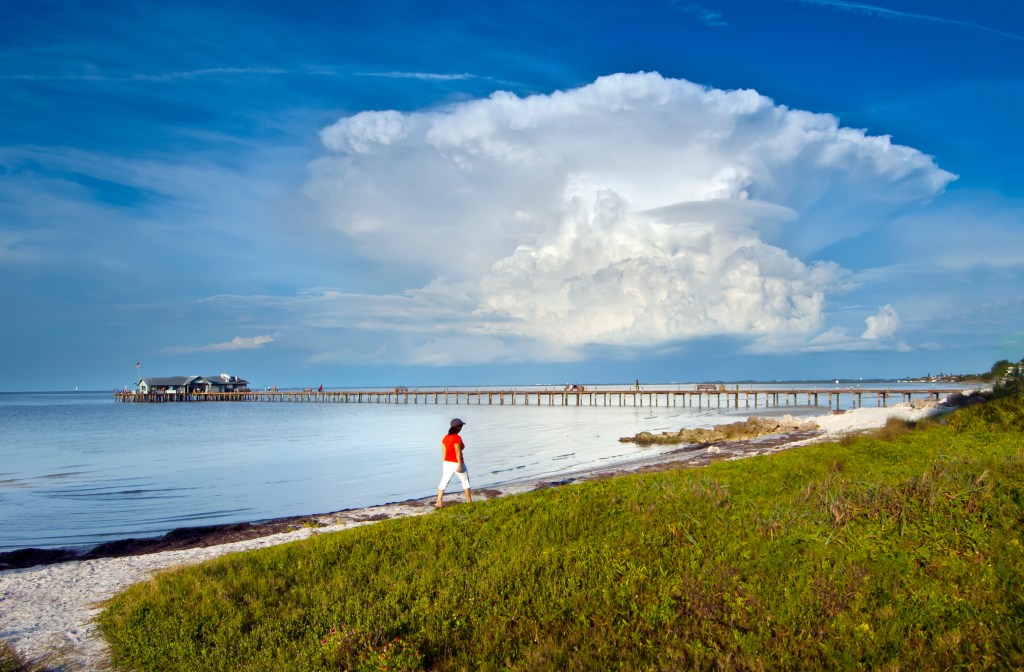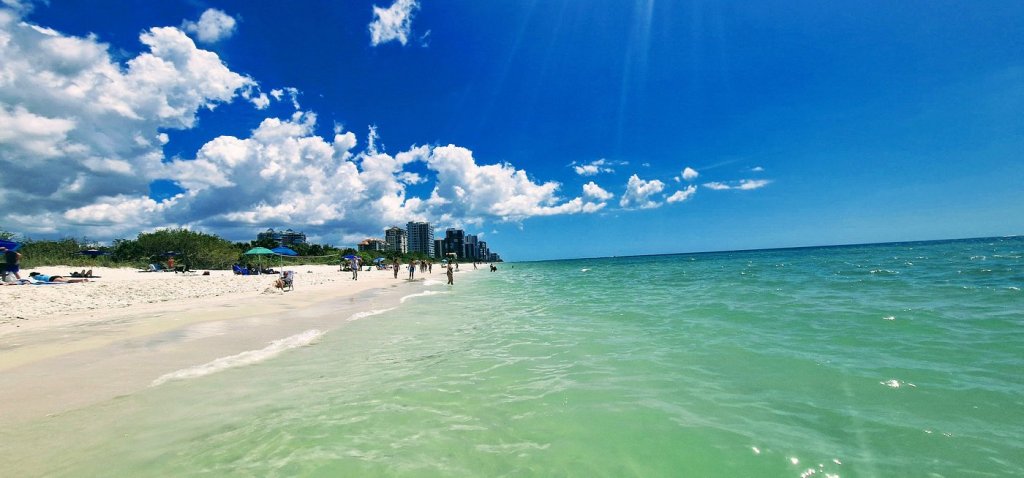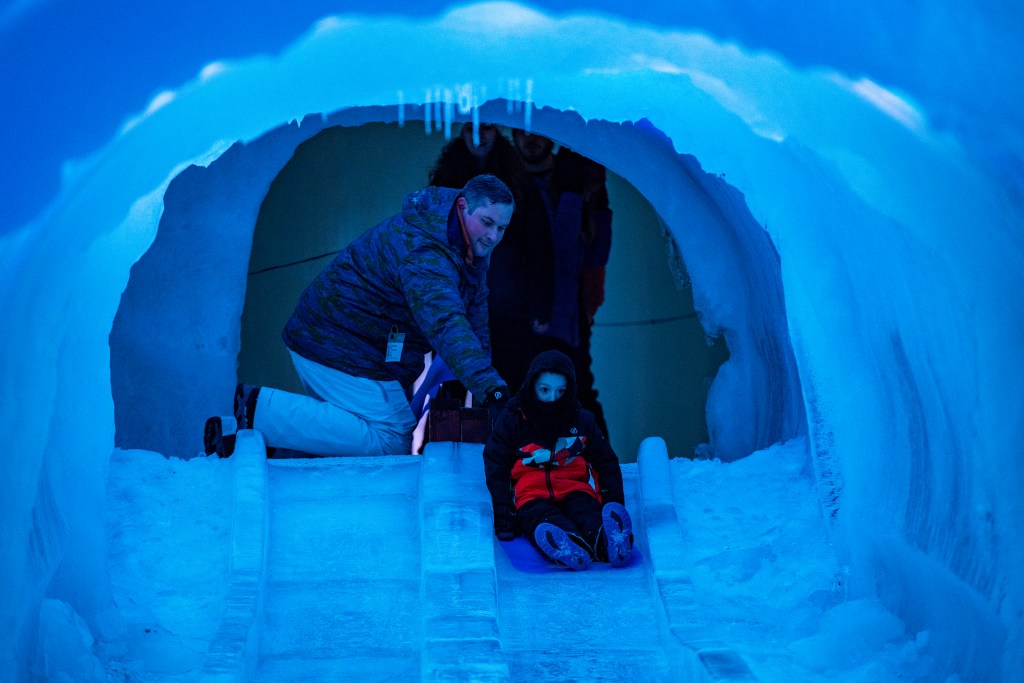I know, I know. Smoking is bad for you.
While America isn’t short on unhealthy tastes, we’ve taken a strong stance against tobacco, nicotine, and hand-rolled delights. (We’ve come around the greenery, oddly enough.)
I’ve lived through the take-down of Big Tobacco—still, that doesn’t mean I can’t find a bar in the US that still lets patrons smoke. Or even a restaurant.
In Jefferson County, Missouri (where I grew up), bars, taverns, and restaurants are still allowed to smoke so long as the establishment doesn’t service over 50 people.
So long as there’s a sign that reads ‘nonsmoking areas are unavailable’, businesses can serve up beers, tater-tots, and Marlboros all day long.
Despite our very strong stance against smoking, the pastime is still very much alive in the United States. And while many people probably imagine smoking is only allowed at dive bars and other locally beloved holes-in-the-wall, that’s not the case.
Cigar lounges, anyone?
The United States is dotted with upscale cigar lounges, also known as cigar bars. In fact, cities like New York City are home to some of the coolest. I’d consider them the modern version of a speak-easy; though they’re legal, they have the same type of Old World charm.
If you ever get the chance, slink into one of New York City’s cigar lounges. No, they aren’t filled with plumes of smoke. No, you don’t need to smoke to get in. And yes, you can still order food… and drinks.
The inside scoop on cigar lounges in NYC
Again, I know this article might feel challenging to hardcore non-smokers. Many Americans regard cigarettes and cigars as the epitome of disease—and rightly so. Scientific studies have proved again and again that smoking leads to cancer, along with a range of other health problems.
But let’s put science aside for a moment.
Cigar lounges in the Big Apple aren’t just hubs where people go to smoke Macanudos. They’re also the remnants of historic social clubs, from upscale lounges to storied neighborhood haunts.
In fact, most are well-thought-out projects that blend the wonder of a cocktail lounge and bar with the curated world of hand-rolled stogies. Because cigar lounges are bound to strict regulations, they must be at least slightly ingenious to survive.
So long as you know which cigar lounges to go, you’ll get a dose of the NYC underbelly—and who doesn’t want that in a major tourist destination? Love them or hate them, you’ll remember the experience.
(Just make sure to look up whether or not they accept walk-ins. Some clubs require membership to enter.)
Coolest cigar lounges in NYC
Club Macanudo

I’m starting off with my favorite cigar lounge—which is also the only one I’ve visited on this list, full disclosure. Stepping into Club Macanudo was like walking into a colonial Spanish social club.
From the servers’ uniforms to the luxurious matches to the architecture, I couldn’t believe I was in New York City.
This place is about style and refinement just as much as it is about cigars. In fact, you can order from a delicious menu, while bartenders will put together just about any drink you can think of. I drank limoncello on my visit, determined to blend in with the Old World-esque vibe throughout the lounge.
The Carnegie Club

Want a grand fireplace and 20-foot ceilings at your cigar bar? Just like Club Macanudo, The Carnegie Club harkens back to the 18th-century charm of Old World social clubs.
You’ll immediately feel that you’ve stepped into a Gilded Age version of New York City.
Seriously—it’s a very storied and proud establishment. They’ve been running their Sinatra Saturday show for decades, which includes an 11-piece live band. Whether or not you plan on smoking cigars, it’s worth a visit, in my opinion.
Soho Cigar Bar
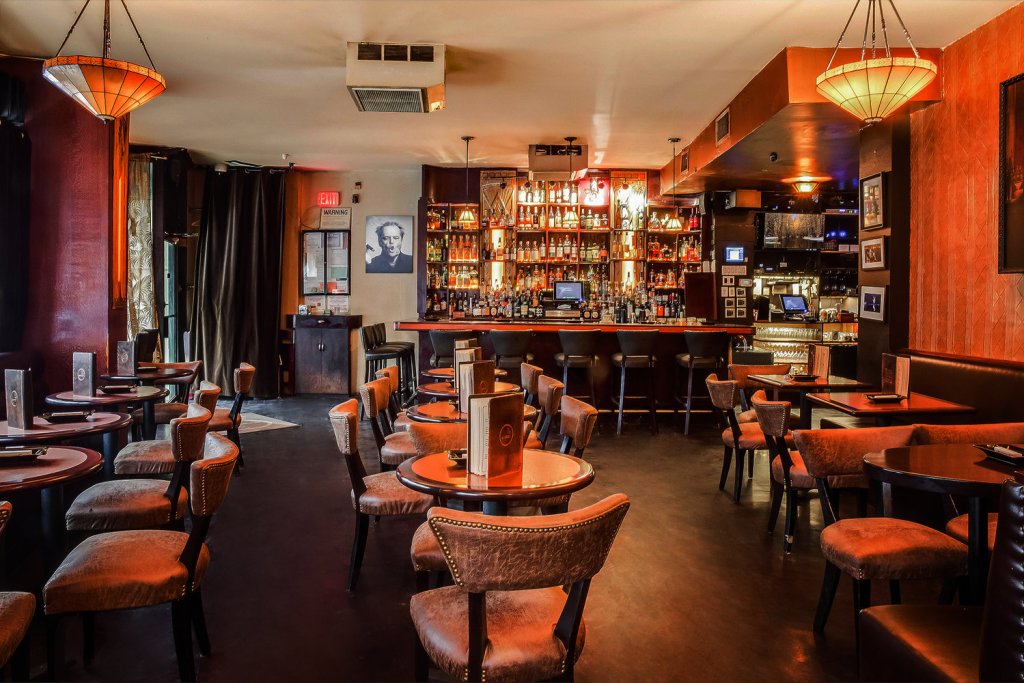
Though the youngest cigar lounge on this list, Soho Cigar Bar maintains the charm and intrigue that the former lounge, called Circa Tabac, embodied.
The newly renovated space, you also get the benefit of a state-of-the-art air conditioning system, along with a world-class drink list.
In fact, you’ll find recommendations on drink and cigar pairings, along with a nearly endless list of whiskeys. There’s also a pretty lengthy menu for anyone who wants to grab a bite to eat.
Hudson Bar & Books

Oddly enough, I’ve also been to this establishment—well, their Warsaw branch, that is. A few years back, my partner surprised me with a trip to Warsaw for my 30th birthday. Our friend recommended we head to Podwale Bar & Books, a cigar bar and lounge.
We went and were surprised with a stunning live performance from two vocalists and a pianist—who later sang me Your Song in honor of my birthday.
As we chatted with the performers, they recommended we head to the company’s latest opening: Hudson Bar & Books in New York City.
At Hudson Bar & Books, you can expect a swanky and speak-easy-esque adventure. Though I can’t guarantee there’s any burlesque (boo!), I’m dying to head to this cigar lounge to see how it holds up to its Warsaw branch.
Casa de Montecristo

This is a den for cigar lovers, meaning it’s ideal for visitors who know a bit about cigars and have their own preferences. From global names to more boutique cigars, you can find what you’re looking for.
There’s also a sports bar element at play, as the Casa de Montecristo usually has multiple games on its flat-screen TVs.
